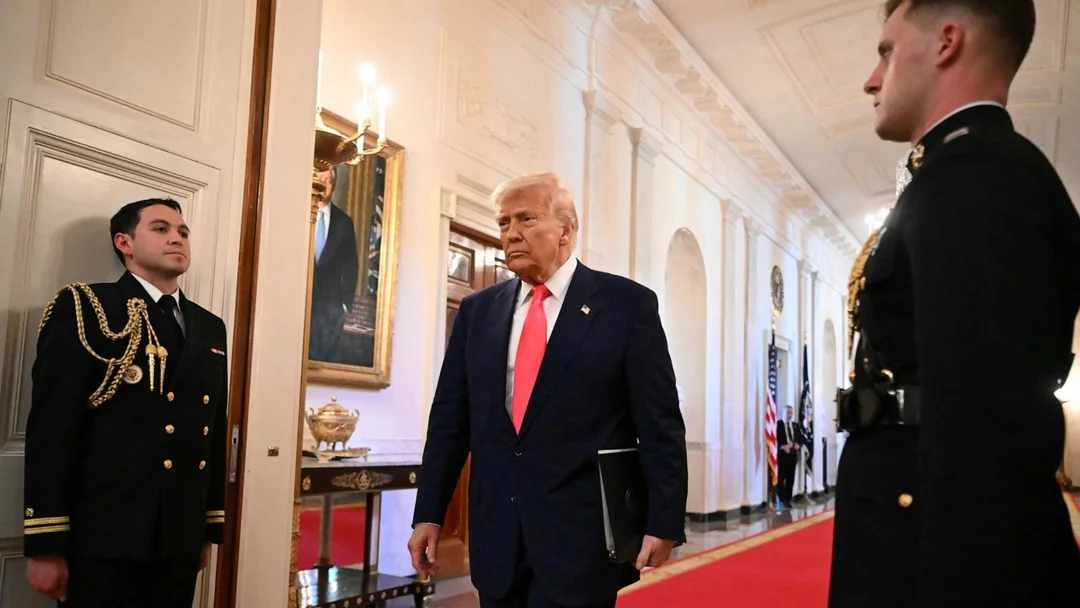
Trump Advances Politically Risky Tariffs Amid Economic Uncertainty
Former President Donald Trump is pushing forward with a new set of tariffs that are seen as politically risky, according to recent reports from ABC News, CNBC, Politico, and Time. These tariffs, aimed at reducing trade deficits and bolstering economic growth, have sparked significant debate and uncertainty in the stock market, particularly concerning relations with China.
The proposed tariffs are part of Trump's broader strategy to strengthen the U.S. economy and assert dominance in global trade. Critics argue that these measures could lead to retaliatory actions from trading partners, potentially escalating into a full-blown trade war. Supporters, however, believe that the tariffs will protect American industries and jobs, despite the immediate economic turbulence they may cause.
Market analysts are closely monitoring the situation, with live updates indicating fluctuations in stock prices as investors react to the news. The political landscape is also affected, as these tariffs could play a significant role in upcoming elections, influencing voter perceptions of Trump's economic policies.
Related issues news
How to calculate tariff?
The formula is to divide the U.S. trade deficit with each country by that country's exports to the U.S. The final reciprocal tariff was then divided by 2, with a minimum of 10% (which applies even to those countries with which the U.S. has a trade surplus).
When did the Trump tariffs start?
The general tariffs took effect on April 5, 2025. Import tariffs on the 57 nations, ranging from 11% to 50%, began on April 9, 2025. Following retaliation by China, Trump increased tariffs on Chinese goods by an additional 50%, resulting in an effective 104% also beginning on April 9.
When did US tariffs start?
The Tariff Act of 1789 imposed the first national source of revenue for the newly formed United States. The new U.S. Constitution ratified in 1789, allowed only the federal government to levy uniform tariffs.
What is the US trade deficit?
The U.S. trade deficit—the gap between what it sells and what it buys from foreign countries—hit a record $945 billion in 2022 as the American economy roared back from COVID-19 lockdowns.